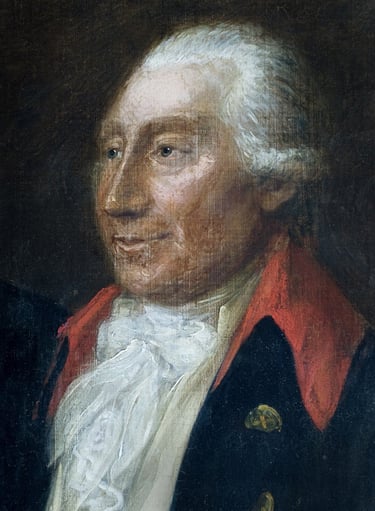Contractors and Brokers
10/14/20241 min read


From 1786 until 1792, the merchants who signed transportation contracts with the Navy Board were convict contractors very much in the North American sense, responsible for finding and fitting out the ships, supplying the provisions and clothing for the voyage. Until the end of the Napoleonic Wars in 1814, the ships’ masters were also responsible for managing the convicts day-to-day throughout the voyage, under instructions from government and the contractor and/or owner.
There were only two true convict contractors in this sense – William Richards, who was responsible for the First Fleet (1787), the Lady Juliana (1789) and two ships with Irish convicts sent out in 1792; and Camden, Calvert & King, responsible for the Second and Third Fleets (1790 and 1791) and another vessel in 1794.
After 1792, the men described as contractors were merely shipbrokers, acting on behalf of the owners, who (along with their captains) now had responsibility for the management of the prisoners. With the outbreak of war in 1793, two brokers came to dominate naval (and convict) contracting – George Brown and James Duncan.
Anthony Calvert, managing partner of Camden, Calvert & King, contractors for the Second and Third Fleets (detail of a painting of the Elder Brethren of Trinity House in the 1790s, at Trinity House, London)
Contact us
Connect with us
Botany Baymen acknowledges the traditional custodians of country throughout Australia and respects their connection to land, water and community.
© Botany Baymen 2024. All rights reserved.
You may download, display, print and reproduce this content for your personal or non-commercial use but only in an unaltered form and with the copyright acknowledged.

